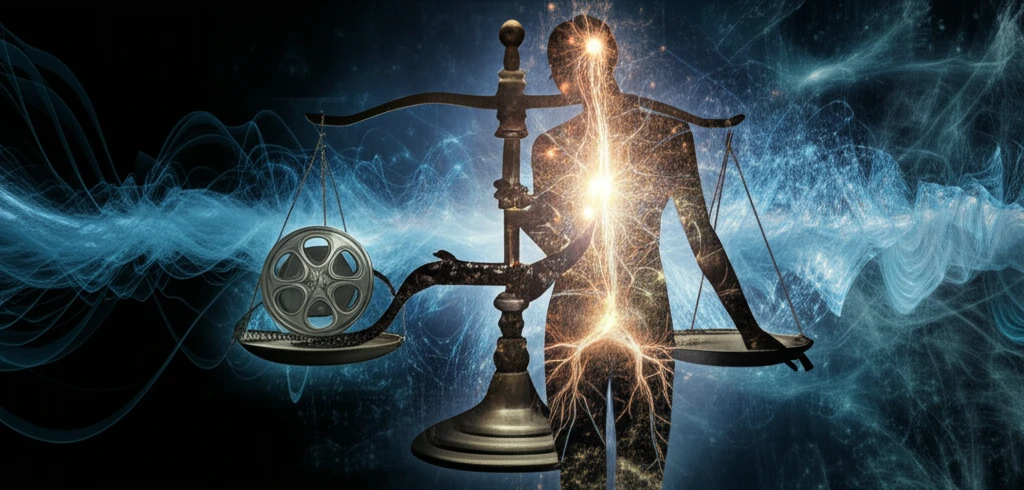
Decoding the Recommender System Dilemma: How to Balance Content Reach and User Satisfaction
"Dive into a new mechanism that optimizes media distribution, ensuring both content creators and consumers thrive in the digital age."
In today's digital landscape, media sources and services are the central hubs where content flows from creators to consumers, often in complex, interconnected ways. Social networks buzz with countless users generating and consuming content. Media sources need a specialized system to manage media distribution to optimize participation from creators and consumers.
Achieving this delicate balance requires a deep understanding of what drives consumer engagement, including both the immediate and long-term benefits and costs for content producers. The current methods and interactions need an algorithmic procedure to improve sustainable participation.
This article explains those dynamics and interactions, and lay out an algorithmic procedure for a media source to improve sustainable participation. We'll begin by defining the specifics of producers and consumers, examine the dynamics of utility-maximizing consumers, and explore the control options available to media sources. Finally, we'll introduce a mechanism that assures an effective Nash equilibrium, ensuring value for both consumers and producers, and demonstrate its Pareto efficiency.
Understanding the Consumer's Rate of Content Consumption

Cognitive science tells us that our ability to process images and audio is limited, meaning there's only so much we can take in. Visual and audio processing have their own limits, and these limits vary from person to person. While complex images might slow us down, it's nearly impossible to truly multitask and pay attention to different stimuli at the same time.
- Value and utility are used interchangeably to refer to how consumers perceive the worth of the media they consume.
- Consumers base their decisions on previous experiences and current information, shaping their expectations.
- Past consumption rates create a basis for what consumers expect.
- Signals from media sources or external events can change these expectations.
Striking the Right Balance: The Path to Sustainable Media Engagement
The model presented here leads to a distribution that is optimal for producer, consumer, and media source. It is also counter to a popular view that it is necessary for a media source or producer to trick media consumers to consume more in order to maximize profit. It may be the case with other algorithms, but as shown here, not with this algorithm and cost function.
